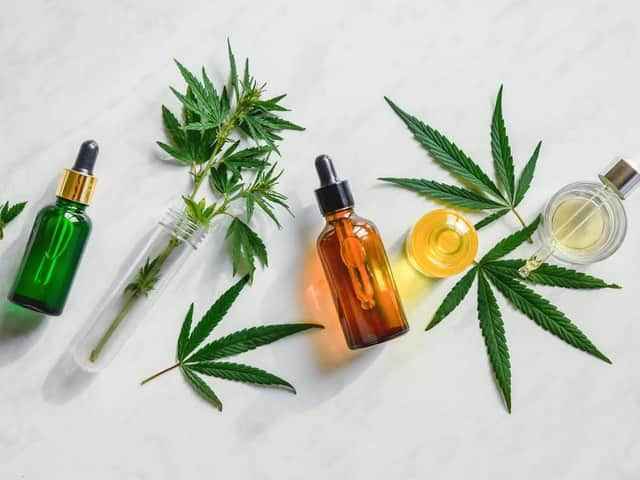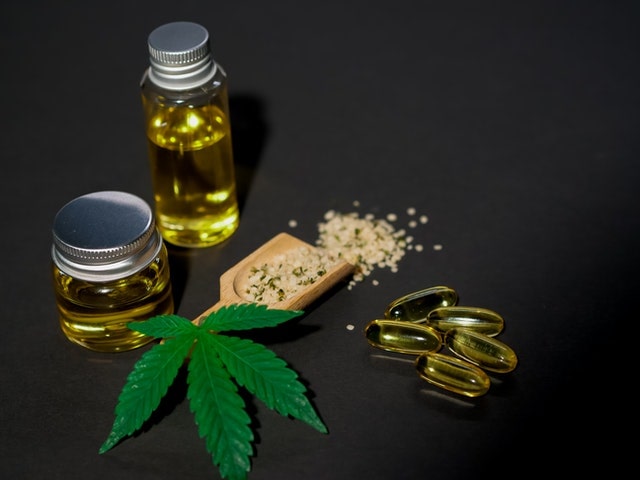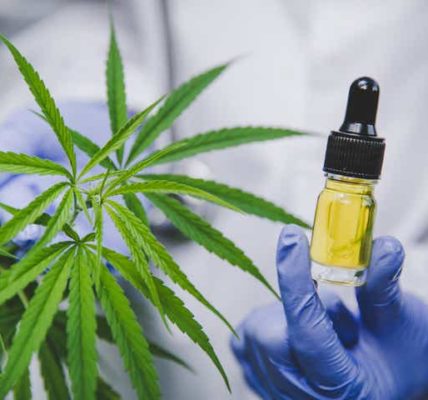Hemp is a variety of hemp that is grown for industrial use and contains few of the psychoactive components found in hemp. The plant provides the raw material for hemp products such as rope, clothing, and textiles and is used for food, biofuel, and agriculture for its phytoremedial (soil-cleaning) properties.
Although it does not produce the euphoria or “high” that medical hemp does, hemp is a transcendental plant with many industrial and health-related uses.
What is hemp?
Hemp is a variety of the Hemp Sativa species that shares a common genetic ancestry with the hemp strain containing higher levels of the cannabinoid THC. While hemp is selectively bred for its buds, chemoviral profile, and other psychoactive components, hemp is grown for its stalk fiber and seeds as materials and food sources.
People have used hemp for thousands of years, making it one of the oldest domesticated crops known to mankind. The plant’s stalks yield fiber, which is used to make building materials, rope, clothing, and paper. The hemp seed oil from its leaves and flowers is a useful material for cooking, and its seeds are an excellent source of protein.
How hemp is created
Hemp was originally a wild plant, but about 10,000 years ago, civilizations domesticated it for various industrial, medical, social, and other uses. Most commonly, hemp is grown on large agricultural plots and raised for its fiber and edible seeds to create a wide range of products. In the United States, farmers need a license from the federal government to legally grow and sell hemp plants and materials.
Uses of hemp
Hemp has long been prized for its versatility, and its many parts help create various materials and foods.
CBD oil is extracted from the leaves and flowers of the hemp, which offers a federally legal way for people to experiment with CBD as a wellness supplement. This has fueled the growing popularity of CBD-centric cultivation among hemp growers. Hemp oil is also versatile cooking oil, while hemp seeds provide a convenient source of protein and omega-3s.
Hemp fibers are used primarily in textiles and clothing, but also provide materials for industrial ropes, papers, and building materials. Farmers harvest the reeds – short woody fibers found inside hemp stalks – to make everything from bedding materials to roofing panels. The bast fibers in the outer layers of the stalks are separated into different groups according to their thickness, which impacts the strength, durability, and potential use of the stalk parts.

Potential benefits and drawbacks
CBD oil from well-grown hemp plants could provide benefits to some people, as it has a resume of impressive anti-inflammatory and neuroprotective properties that are worth exploring. However, some may need higher doses of CBD when THC is absent, making hemp-derived CBD potentially prohibitively expensive. Hemp plants are also not necessarily bred for cannabinoids, meaning a CBD product could contain very little of what it claims.
Some processors use harsher extraction methods to obtain CBD from hemp or even start with low-quality source materials to create their oils. Vegetable waxes, industrial contaminants, and solvents could also end up in the final product. If you found this article interesting about the best oklahoma cannabis, it is very likely you will enjoy further reading at their web page
Hemp oils and seeds are nutritious additions to the average diet, but they are different from CBD oil. The seeds are rich in protein, fiber, vitamins, and minerals and contain a healthy ratio of omega-6 and omega-3 fatty acids that are beneficial for brain health. Hemp protein is also easier to digest than soy protein, and the seeds can be eaten directly, ground into flour, and used to make hemp milk. Clothing and ropes made from hemp can also be more durable than fibers, making them a sustainable alternative to other textile crops.













